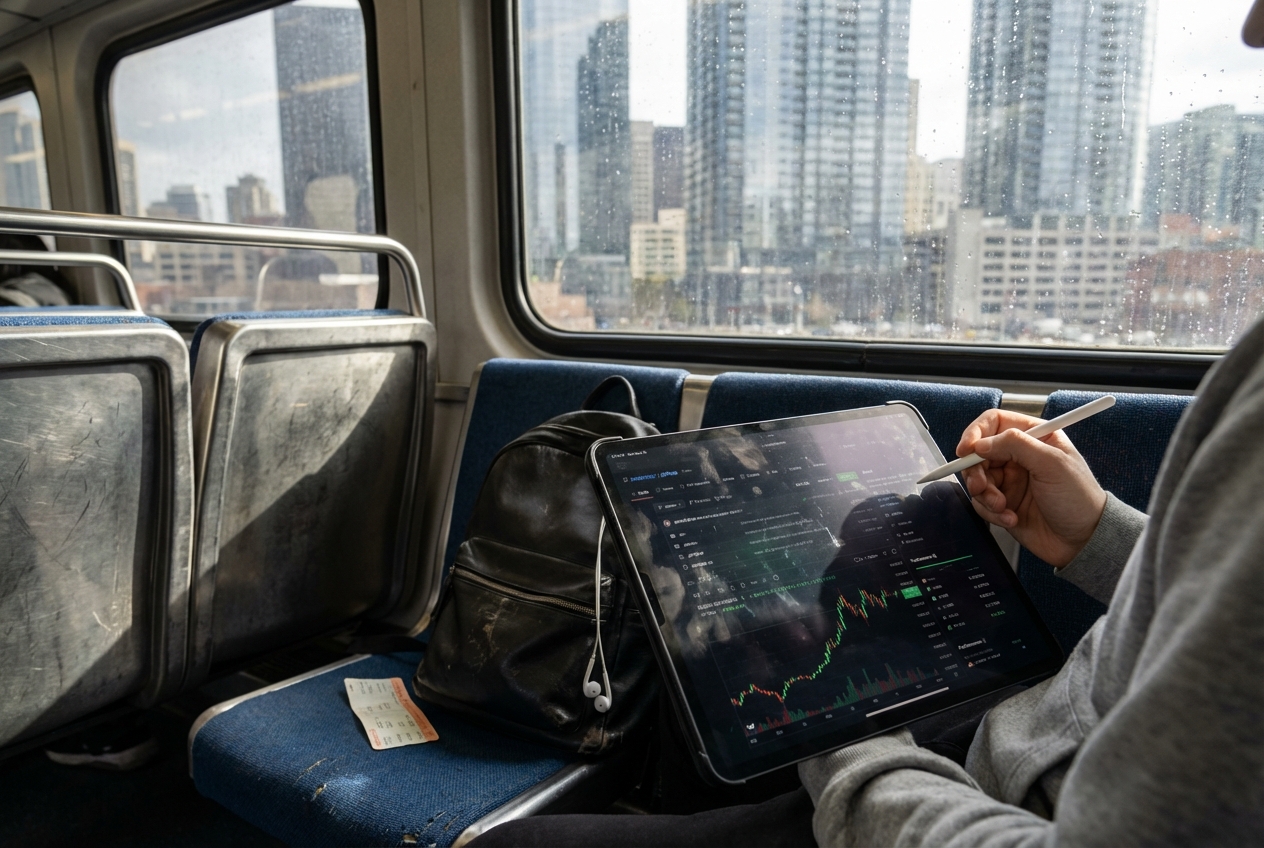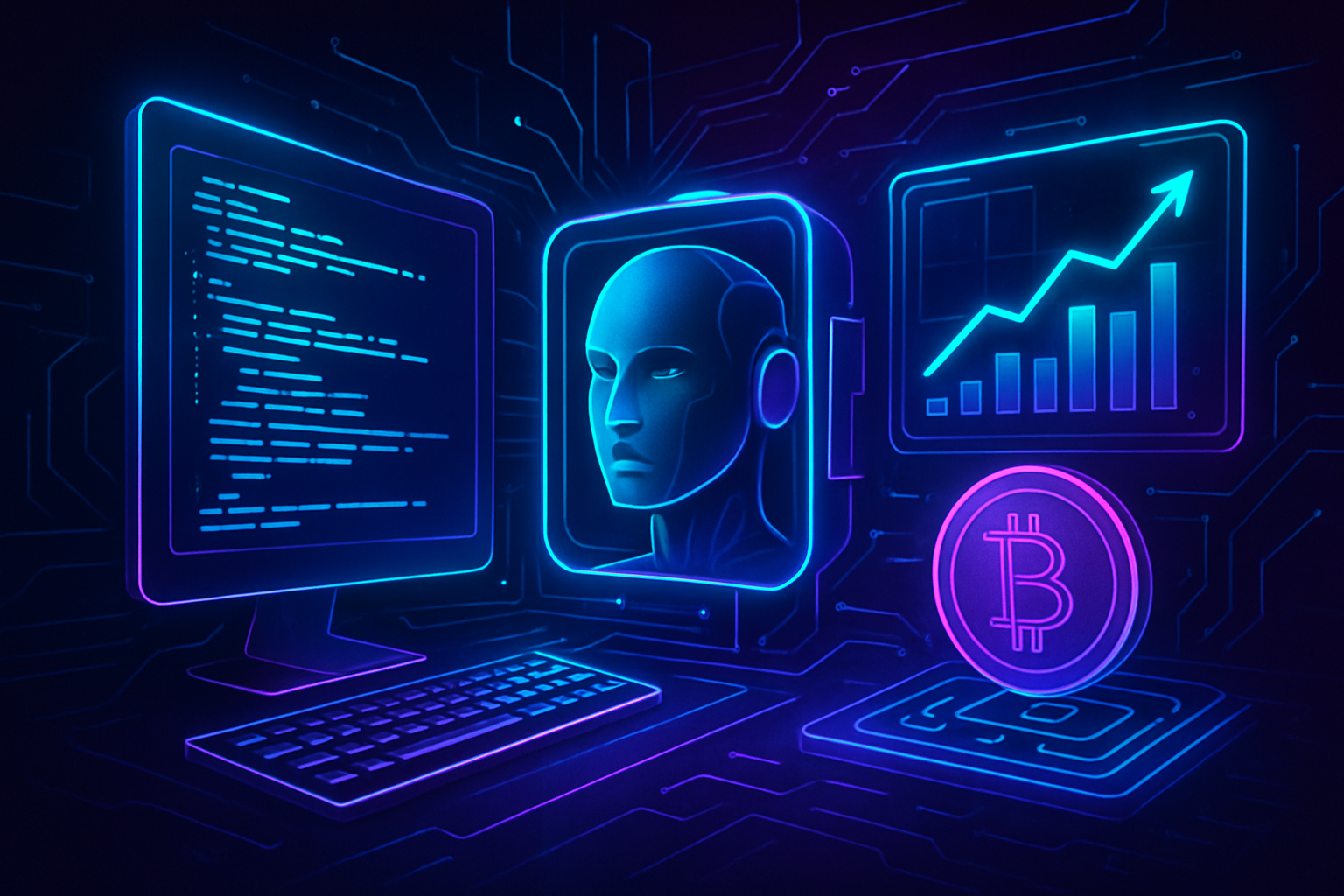
In 2025, the crypto landscape is more competitive than ever, with Bitcoin (BTC) holding steady at $115,492 and Ethereum (ETH) trading at $4,467.01. As digital assets mature and volatility persists, traders are increasingly turning to custom AI trading strategies crafted in Python to gain an edge. The fusion of Python’s flexibility with advanced machine learning transforms how we approach crypto markets – from backtesting ideas to deploying bots that adapt in real time.
Why Build Custom AI Trading Strategies in Python?
Python has become the de facto language for algorithmic trading and AI-powered investing. Its rich ecosystem of libraries – including pandas, NumPy, scikit-learn, and deep learning frameworks like TensorFlow – enables traders to rapidly prototype, test, and deploy sophisticated models. Whether you’re a quant developer or a curious DeFi enthusiast, Python offers:
- Simplicity: Readable syntax means less time debugging, more time iterating on strategy logic.
- Ecosystem: Access to powerful data analysis tools and APIs for real-time crypto market data.
- Community: Open-source platforms like Jesse AI let you build on proven frameworks or contribute your own modules.
- Agnostic Integration: Connect with major exchanges using REST/WebSocket APIs for seamless live trading.
The Building Blocks: From Data Pipelines to Live Execution
The process of crafting your own crypto trading bot involves several key stages. Each stage leverages unique strengths of Python’s technology stack:
Key Stages in Building a Custom AI Crypto Trading Strategy
-

1. Define Your Trading Objectives and StrategyStart by clearly outlining your trading goals, risk tolerance, and the specific crypto assets you want to trade, such as Bitcoin (BTC) at $115,492 or Ethereum (ETH) at $4,467.01. Decide on your preferred trading style (e.g., day trading, swing trading, or high-frequency trading) and the AI techniques you wish to explore, like supervised learning or reinforcement learning.
-
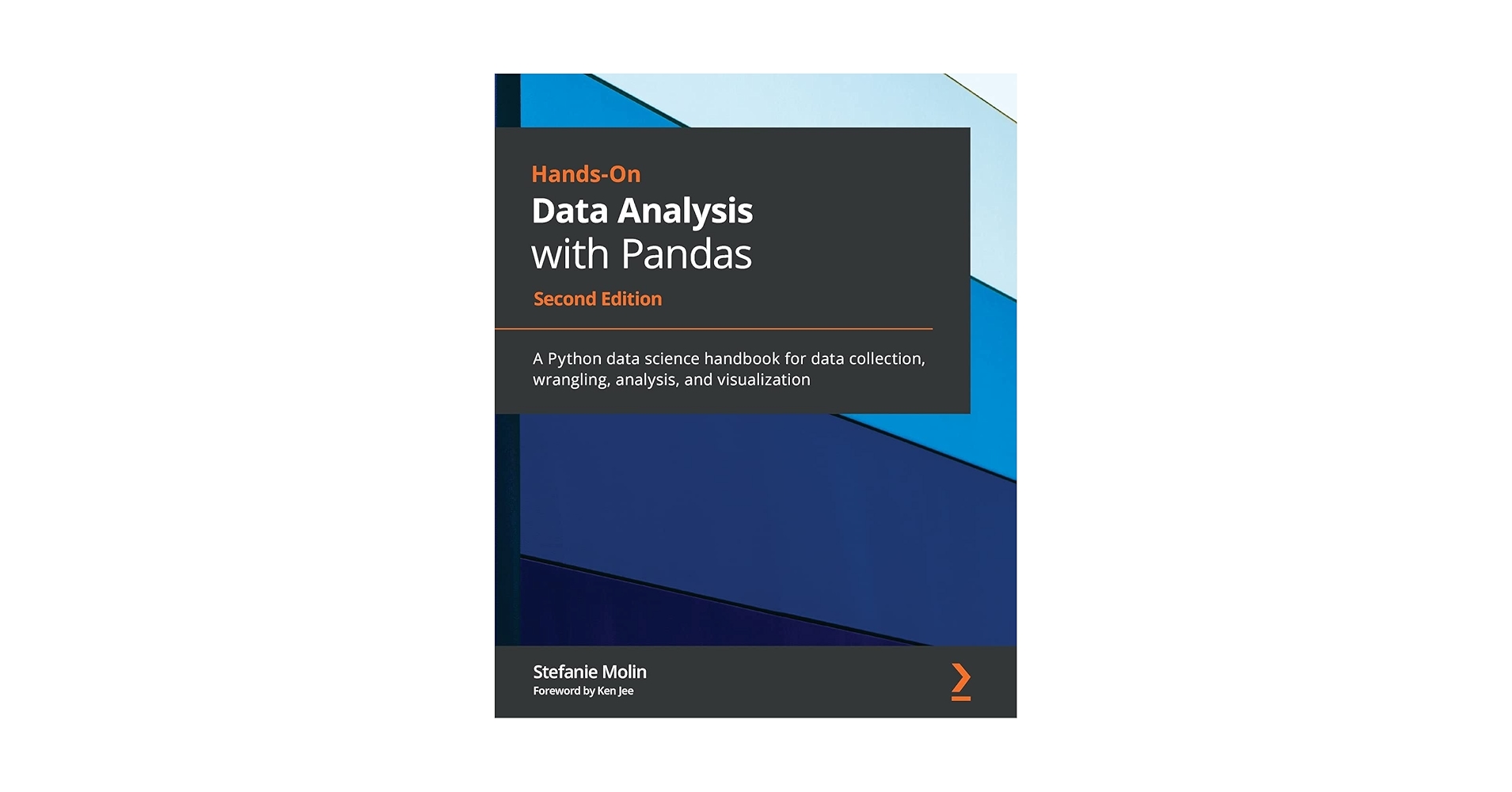
2. Gather and Process Market DataCollect historical and real-time market data using reliable sources like Binance API or Coinbase API. Use Python libraries such as pandas and ccxt to clean, preprocess, and structure the data for model training and backtesting.
-
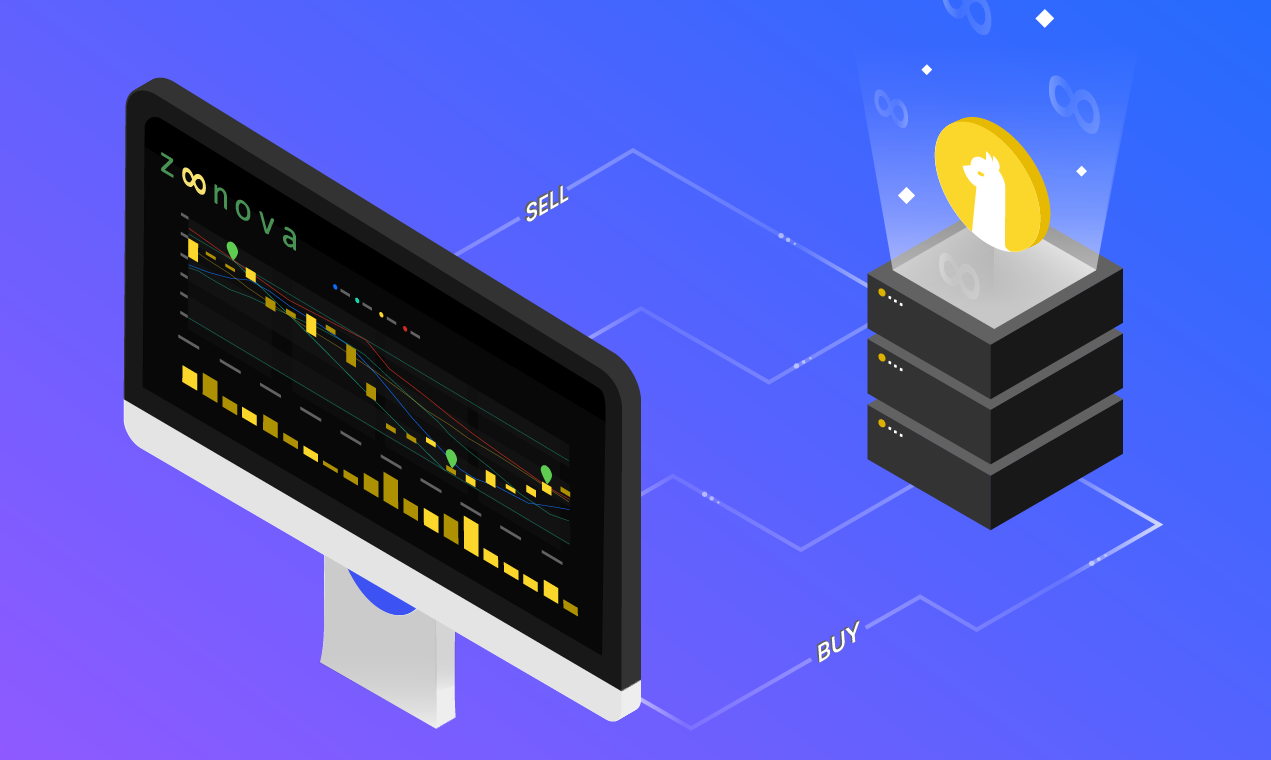
3. Develop and Train Your AI ModelLeverage machine learning frameworks like scikit-learn, TensorFlow, or PyTorch to build predictive models. Recent research, such as the EarnHFT framework, demonstrates the use of hierarchical reinforcement learning for high-frequency trading in crypto markets.
-
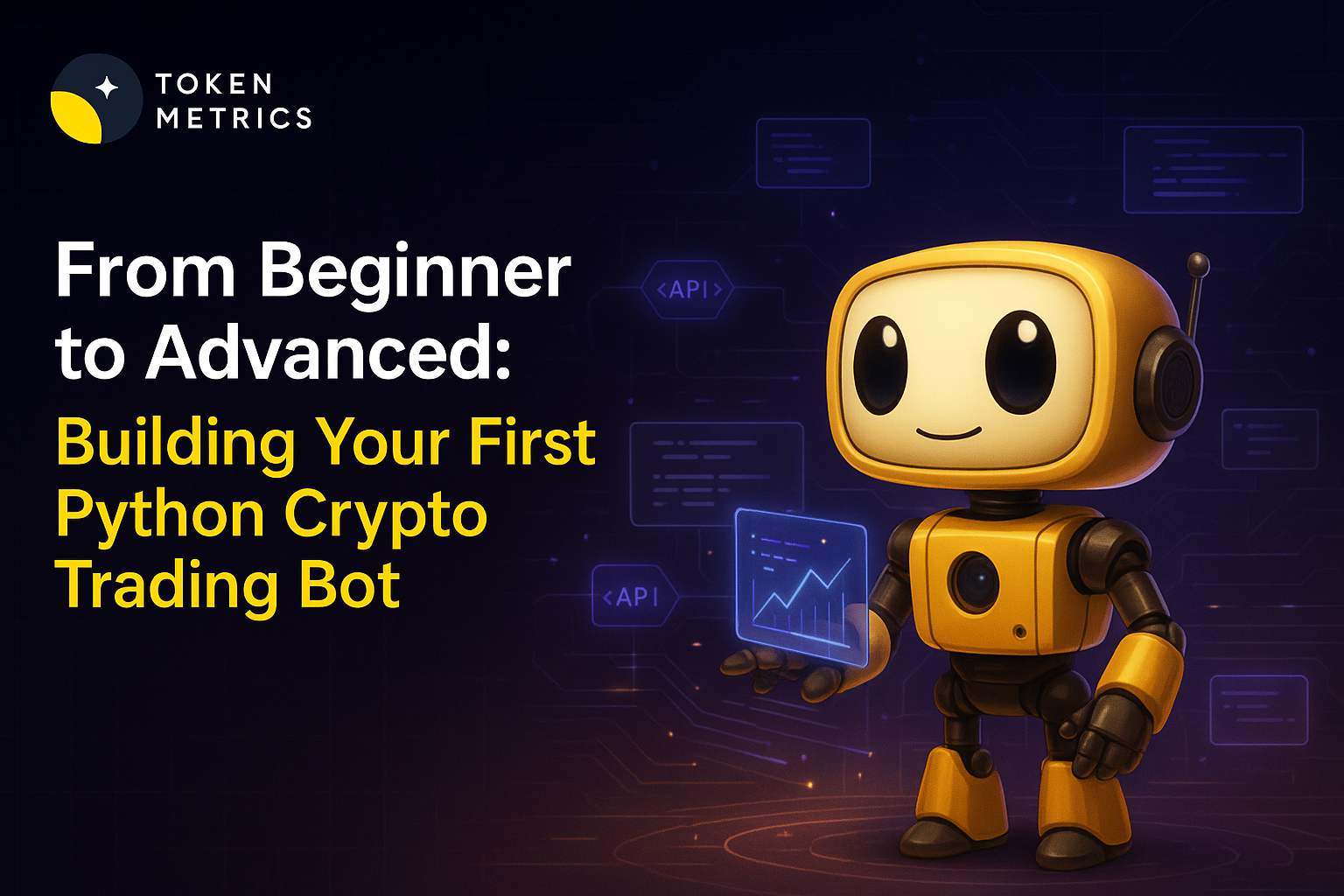
4. Backtest Your StrategySimulate your AI trading strategy on historical data using platforms like Backtrader or Jesse. Analyze performance metrics, visualize trade outcomes, and refine your approach based on backtesting results.
-

5. Implement Robust Risk ManagementIntegrate risk controls such as stop-loss, take-profit, and position sizing. Use Python libraries or built-in features from trading frameworks to automate these safeguards and protect your capital during volatile market conditions.
-
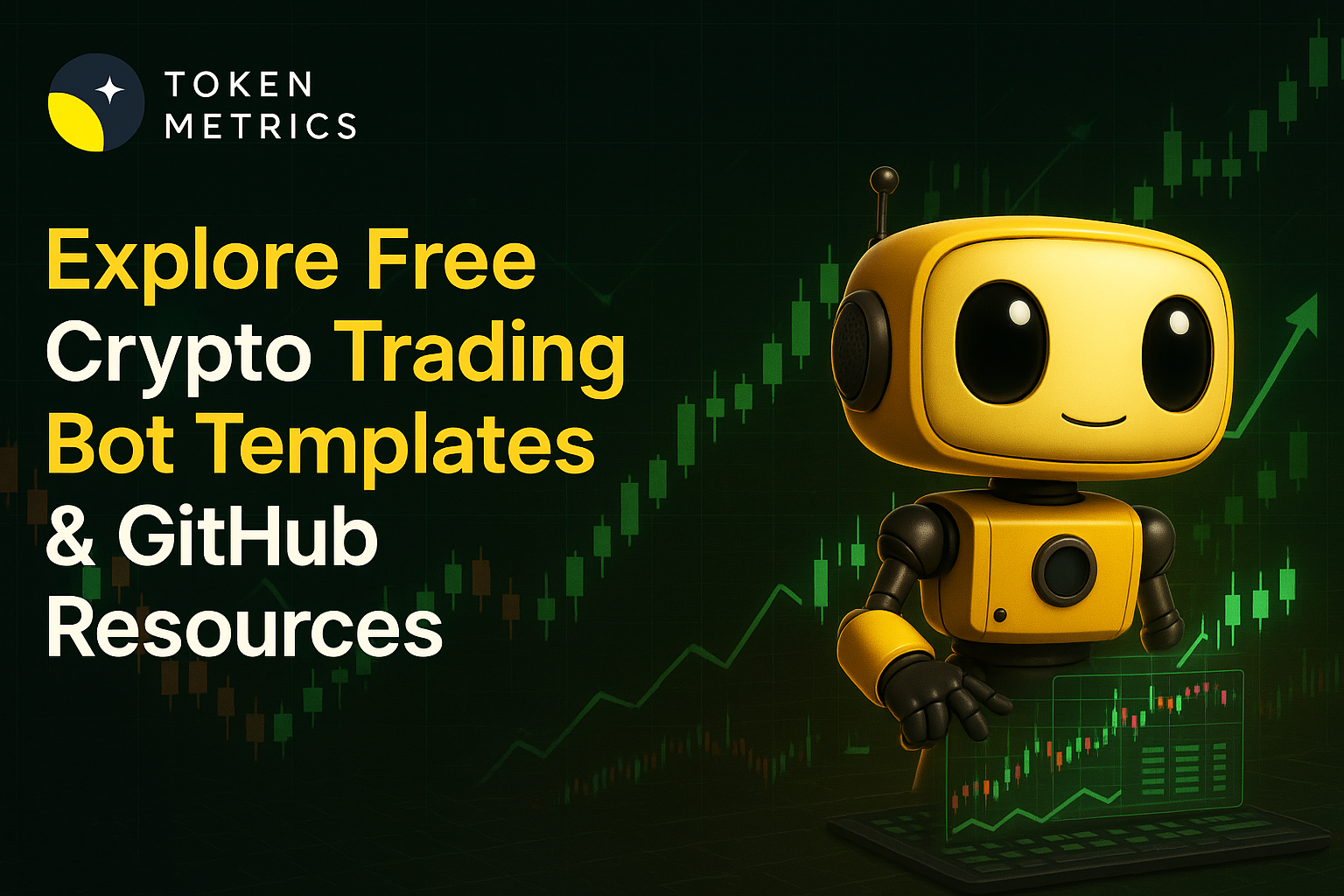
6. Deploy and Monitor Your Trading BotLaunch your AI-powered trading bot on a secure environment, such as a virtual machine or cloud platform. Connect to real exchanges via APIs, and continuously monitor performance, logs, and trading outcomes. Tools like CryptoAnalytics can help enhance predictive monitoring and reporting.
- Data Gathering and Preprocessing: Reliable historical price data is the backbone of any quantitative strategy. Use APIs or third-party libraries to fetch OHLCV data for assets like BTC or ETH at precise intervals.
- Feature Engineering: Transform raw price charts into actionable signals using technical indicators (RSI, MACD), on-chain metrics, or even sentiment analysis from social media feeds.
- Strategy Definition and Backtesting: Define entry/exit rules using Pythonic logic. Employ backtesting libraries such as Backtrader or custom scripts to validate your approach against historical market conditions.
- AI Modeling: Integrate machine learning algorithms – from simple regressors to deep reinforcement learning agents like those found in the latest research (EarnHFT framework) – for adaptive decision making.
- Pilot Testing and Risk Controls: Run your bot in demo mode with strict position sizing and stop-loss rules before risking real capital.
- Deployment and Monitoring: Deploy your bot on cloud servers for uninterrupted execution; monitor trades via dashboards or Telegram alerts for hands-off peace of mind.
Pushing the Frontier: Machine Learning Meets Crypto Trading
The integration of AI into crypto trading isn’t just hype – it’s driving measurable results. Recent advancements such as hierarchical reinforcement learning (HRL) have enabled bots to dynamically adjust strategies based on evolving market regimes. For instance, the EarnHFT framework demonstrates how RL agents can optimize high-frequency trades by continuously learning from order book microstructure (see research here). Meanwhile, tools like CryptoAnalytics leverage predictive modeling for price forecasting (learn more here). These innovations are accessible if you’re willing to roll up your sleeves and experiment in Python.
This surge of open-source sharing empowers both professionals and hobbyists alike – whether you’re optimizing scalping algorithms or testing multi-asset portfolio rebalancing strategies.
If you’re ready to get started but unsure where to begin, don’t worry: building an effective AI-powered bot doesn’t require a PhD in computer science. You’ll need a solid grasp of variables, functions, basic data structures (as noted by CoinsBench), and a willingness to iterate through trial and error.
Bitcoin (BTC) Price Prediction Table: 2026–2031
Forecast based on AI/ML-driven trading models, current market context, and anticipated crypto sector developments.
| Year | Minimum Price (Bearish) | Average Price | Maximum Price (Bullish) | YoY % Change (Avg) | Market Scenario Insight |
|---|---|---|---|---|---|
| 2026 | $92,000 | $128,000 | $162,000 | +10.9% | Volatility persists as AI adoption grows; regulatory clarity remains mixed. |
| 2027 | $105,000 | $144,000 | $198,000 | +12.5% | Increased institutional adoption and improved AI trading tools drive growth. |
| 2028 | $120,000 | $161,000 | $230,000 | +11.8% | Mainstream use cases for blockchain and clearer regulations bolster sentiment. |
| 2029 | $135,000 | $179,000 | $265,000 | +11.2% | Potential for ETF expansion and global integration, but macro risks linger. |
| 2030 | $152,000 | $198,000 | $310,000 | +10.6% | Mature AI strategies and global digital asset adoption fuel optimism. |
| 2031 | $170,000 | $218,000 | $350,000 | +10.1% | Bitcoin consolidates as digital gold; competition from CBDCs and altcoins increases. |
Price Prediction Summary
Bitcoin is projected to maintain an overall upward trajectory through 2031, driven by continued technological innovation in AI trading, gradual mainstream adoption, and evolving regulatory frameworks. While substantial year-over-year growth is expected, volatility will persist due to market cycles and emerging competition. Minimum price scenarios account for bearish cycles, while maximum projections reflect the potential for bullish breakouts amid favorable macro and regulatory conditions.
Key Factors Affecting Bitcoin Price
- Advancements in AI/ML-driven crypto trading strategies and tools.
- Institutional and retail adoption trends, especially post-ETF approval cycles.
- Global regulatory developments regarding crypto assets and trading.
- Macroeconomic factors such as inflation, interest rates, and geopolitical events.
- Competition from Ethereum, altcoins, and Central Bank Digital Currencies (CBDCs).
- Market sentiment cycles, including halving events and liquidity shifts.
Disclaimer: Cryptocurrency price predictions are speculative and based on current market analysis.
Actual prices may vary significantly due to market volatility, regulatory changes, and other factors.
Always do your own research before making investment decisions.
Once you’ve established your technical foundation and explored the Python ecosystem, it’s time to focus on strategy customization and optimization. The most successful AI trading agents are not off-the-shelf solutions, they’re tailored to your unique risk appetite, market outlook, and preferred trading pairs. For example, with Bitcoin currently at $115,492 and Ethereum at $4,467.01, strategies that thrived in last year’s volatility may need recalibration for today’s evolving liquidity and microstructure.
Practical Tips for Enhancing Your AI Trading Bot
- Iterative Backtesting: Use rolling windows of historical data to ensure your model adapts to shifting market cycles. Don’t rely on a single backtest, markets change, and so should your validation process.
- Feature Expansion: Go beyond price action. Incorporate on-chain analytics, funding rates, or even NLP-based sentiment indicators from crypto news sources.
- Risk Management Automation: Hard-code stop-losses, trailing stops, and dynamic position sizing into your bot logic. Even the smartest AI can be derailed by unbounded risk.
- Continuous Learning: Implement online learning or periodic retraining routines so your models stay relevant as new data flows in.

The beauty of Python is its ability to seamlessly connect all these elements. For instance, you can schedule daily retraining jobs on cloud platforms like AWS or GCP, keeping your AI sharp without manual intervention. Libraries such as Backtrader or Jesse AI make it easy to plug in new features or swap out models as you iterate.
Common Pitfalls (and How to Avoid Them)
- Overfitting: Resist the urge to fine-tune every parameter until your strategy looks perfect on paper. Use walk-forward analysis and out-of-sample testing for more robust results.
- Lack of Monitoring: Even automated bots require oversight. Set up real-time alerts for anomalies in trade volume, drawdowns, or API errors so you can intervene if needed.
- Poor Exchange Integration: Always test your bot with demo accounts before deploying real capital, API quirks or rate limits can cause unexpected behavior in live markets.
If you’re looking for inspiration or want a deeper dive into advanced techniques like hierarchical reinforcement learning or predictive analytics for crypto prices, check out recent research like the EarnHFT framework (here) or CryptoAnalytics (here). These resources showcase how cutting-edge machine learning is being applied directly to digital asset trading, and often include open-source codebases you can adapt for your own projects.
Final Thoughts: The Path Forward for Custom AI Crypto Trading
The future belongs to those who combine technical skill with strategic curiosity. Whether you’re building a simple mean-reversion bot or experimenting with deep neural networks that adapt to changing regimes, Python gives you the tools, and the community, to push boundaries safely and efficiently. As Bitcoin holds strong above six figures and Ethereum continues its evolution at $4,467.01, there has never been a better time to harness custom AI trading strategies for smarter crypto portfolio management.



